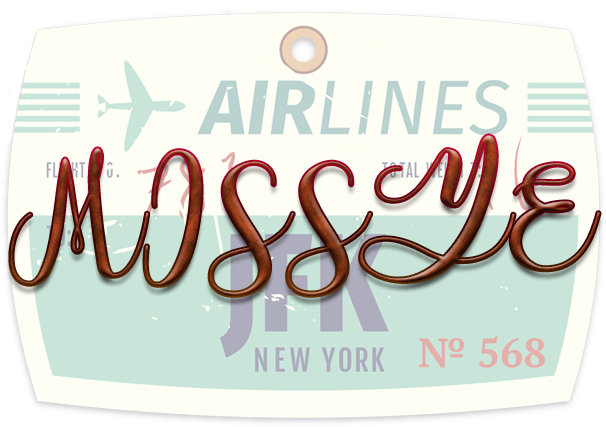27 Jan Eating with Diabetes- Dessert and Sweets
Good morning all,
I’d be willing to bet that most everyone has been told—and therefore believes—that people with diabetes cannot have any sugar and are resigned to living without dessert for the rest of their lives.
As a diabetic I’m here to tell you that this is a myth. People with diabetes can eat sugar, desserts, and almost any food that contains caloric sweeteners (molasses, honey, maple syrup, and more). Why? Because people with diabetes can eat foods that contain carbohydrates, whether those carbohydrates come from starchy foods like potatoes or sugary foods such as candy. It just takes a good plan to fit sugar into your day. In this article, you’ll learn how to incorporate sweets into a healthy diet when you have type 2 diabetes.
No sugar? No way!
The idea that people with diabetes should avoid sugar is decades old. Logically, it makes sense. Diabetes is a condition that causes high blood sugar. Sugary foods cause blood sugar levels to increase. Therefore people with diabetes should avoid sugary foods in order to prevent hyperglycemia (high blood sugar) and keep their diabetes under control. However, simply avoiding sugary foods does not go very far in terms of controlling blood sugar. Here’s why.
After you eat, your blood sugar level (aka postprandial blood glucose level) is largely determined by the total amount of carbohydrate you ate, not the source of the carbohydrates eaten. There are two types of carbohydrates that elevate your blood sugar levels: sugar and starch. Both will elevate your blood glucose to roughly the same level (assuming you ate the same amount of each). For example, if you were to eat a ½ cup of regular ice cream (15 grams of carbohydrate), your blood sugar would rise roughly the same amount as if you had eaten 1 slice of whole wheat bread (also 15 grams of carbohydrate). Because of this, it makes no sense that you can eat one type of carbohydrate (starch) but not the other (sugar).
It is important to remember that while foods with sugar in them can be incorporated into a diabetes meal plan with little impact on blood glucose control, most sweets and dessert are high in calories and have little to no nutritional value. So, while it is entirely possible to work these foods into any diabetes meal plan, they are still food choices that should be considered “treats” and should be eaten in limited quantities. This is also true regardless of the type of sweetener you choose to consume. “Natural” sweeteners (honey, agave syrup, cane sugar, etc.) still contain carbohydrates that elevate your blood sugar level and should not be thought of as any healthier for people with diabetes than other sweeteners.
Here are some tips for people with diabetes to include dessert into your meal plan:
1. Use some—or all—of your meal’s carbohydrate budget for dessert. This is the beauty of carbohydrate counting—the ability to use your carbohydrate allotment for any carbohydrate you choose. A typical carbohydrate allotment for one meal is 45-60 grams (3-4 servings). If you would like to have a slice of pumpkin pie with your meal, for example, incorporate the amount of carbohydrate in the slice of pie into your total carbohydrate budget for the meal. One slice of pumpkin pie (1/8 of an 8-inch pie) contains roughly 23 grams of carbohydrate (1 ½ servings). Simply adjust your intake at meal time to account for your upcoming dessert. In this example, you’d have 22-37 grams of carbohydrates (1 1/2 to 2 1/2 servings) remaining. You can now plan the rest of the carbohydrate foods to eat during your meal since you have already adjusted for dessert.
2. Have dessert as one of your snacks. Most people with diabetes are able to enjoy 1-3 snacks throughout the day, spending 15 to 30 grams (1 to 2 servings) of carbohydrates on each snack. Instead of eating dessert with your meal, you could satisfy your sweet tooth during snack time by enjoying a dessert item that fits into your snack budget. Just remember to eat it at least 2 hours after your meal.
3. Use low- and non-calorie sweeteners wisely. Some people with diabetes prefer to rely on artificial sweeteners as a way to cut down on carbohydrate intake. If you enjoy desserts, candies or recipes made with these non-caloric sweeteners, that’s fine. But don’t forget to account for the carbohydrates that may still be in the food you are eating. Packaged cookies with “no added sugars,” candies made with artificial sweeteners, or homemade cookies baked with stevia are NOT carbohydrate-free foods. Be sure to read labels and still account for the carbohydrates you are consuming, whether the foods contain sugar or not.
4. Step up your physical activity for the day. Because desserts add extra fat and calories as well as carbohydrates, consider incorporating some extra physical activity on, before, or after the days that you splurge on sweets. Exercising to burn more calories can help with weight management and blood sugar control.
5. As always, continue to monitor your blood sugar levels, especially when consuming foods high in sugar. You may notice that some carbohydrate-containing foods increase your levels more than others–even when you eat the same grams of carbohydrates. If your levels are slightly higher, work with your health professional to obtain an individualized plan.
Happy Eating!
Until da next Tyme !

No Comments